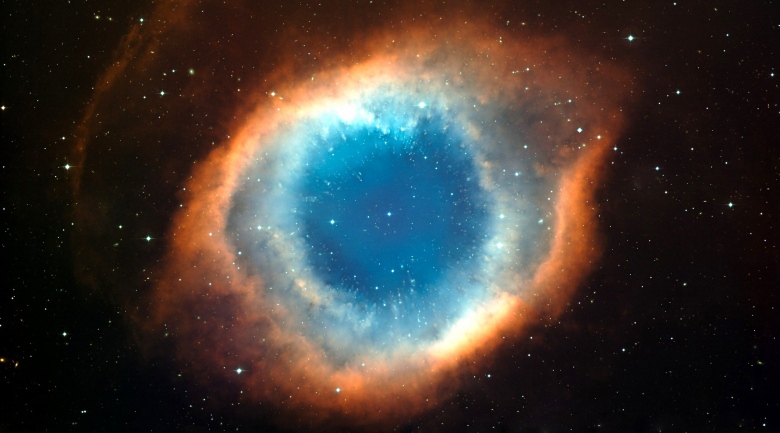
A study carried out by the Japan Aerospace Exploration Agency (JAXA) suggests that when the universe was between two to four billion years old, the elements used to create everything from the largest star to the human race were evenly spread across a vast area of the cosmos.
The study focused on an enormous structure of galaxies known as the Virgo Galaxy Cluster, which sits roughly 54 million light years from Earth and harbors over 2,000 galaxies. The study drew from observations made by JAXA’s Suzaku X-ray satellite, a long-serving X-ray telescope that has since been decommissioned due to the deteriorating health of the spacecraft.
To make the necessary observations, Suzuka targeted a 5 million light year stretch of each of the four arms extending from the center of the enormous Virgo Galaxy Cluster. The cluster is the second brightest ever discovered, making it an obvious focus for the study. Furthermore the sheer size of the cosmic structure allows astronomers to use the results of the study to extrapolate the chemical make-up of the Universe as a whole.
Data collected by Suzuka of the Virgo cluster detected the signature of both heavier and lighter elements evenly distributed throughout the vast region.
"Heavier chemical elements from carbon on up are produced and distributed into interstellar space by stars that explode as supernovae at the ends of their lifetimes," states Aurora Simionescu, leader of the team of astrophysicists at JAXA who made the observations.
"This chemical dispersal continues at progressively larger scales through other mechanisms, such as galactic outflows, interactions and mergers with neighboring galaxies, and stripping caused by a galaxy’s motion through the hot gas filling galaxy clusters."
It is believed that different types of supernovae are responsible for spreading distinct elements across the galaxy cluster. For example stars in excess of eight times the mass of our Sun that collapse into what is known as a core-collapse supernova, spread elements such as oxygen and silicon. White dwarfs, which end their lives in what is known as a Type Ia supernova, otherwise known as a "standard candle," distribute vast quantities of iron and nickel.
Previous observations of the Perseus Galaxy Cluster had displayed an even distribution of iron throughout the structure, but had been unable to ascertain the spread of lighter elements. Data from the Virgo cluster study appears to fill in these gaps, with the data displaying an even distribution of iron, magnesium, silicon and sulfur across the leviathan structure.
According to the study, these elemental ratios are fairly consistent with the make up of stars in the Milky Way, including our own Sun. This tells us that the chemical composition of the Universe is extremely well mixed, and that the mechanisms and supernovae ratios that determined the composition of our galaxy are in effect throughout the universe.
